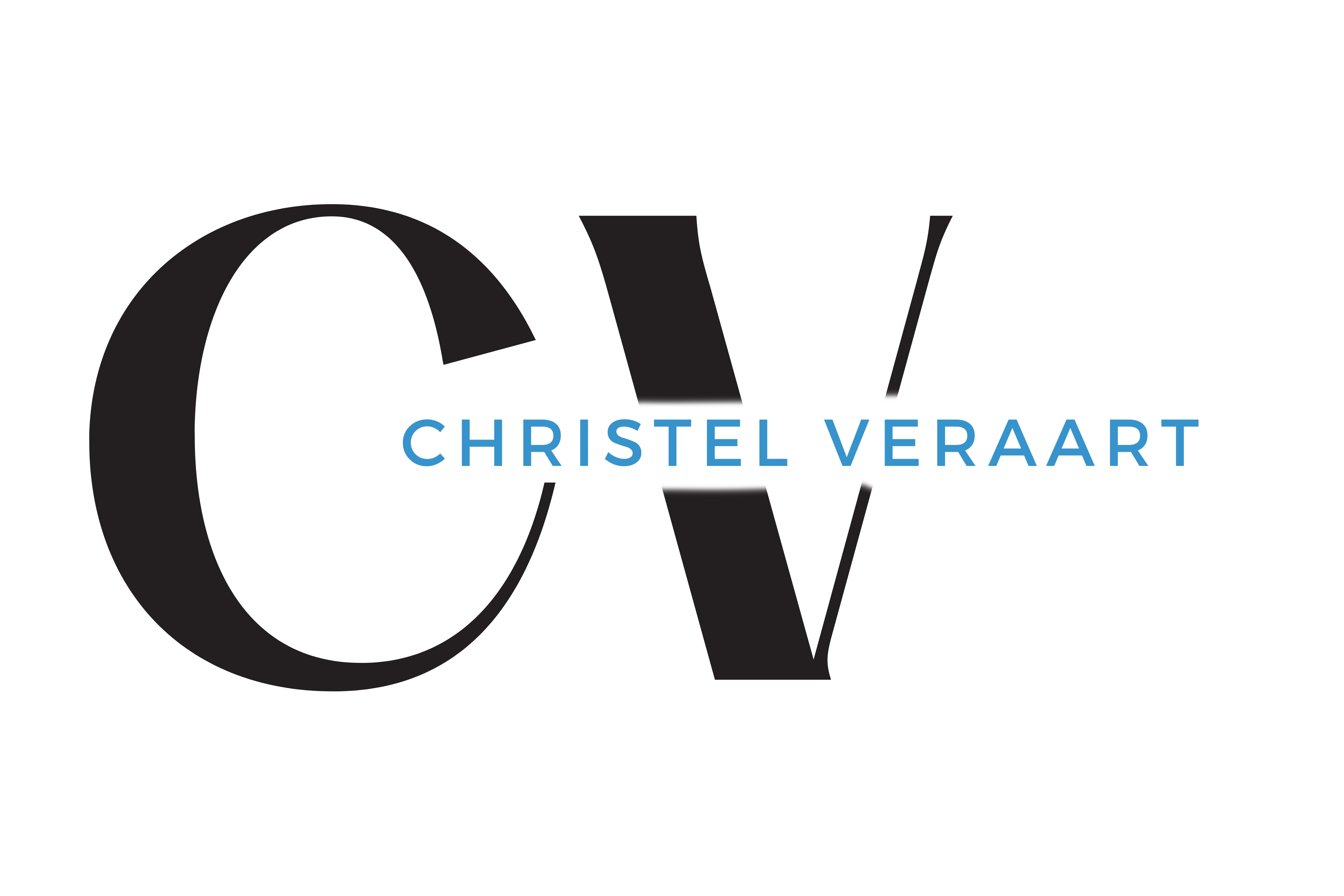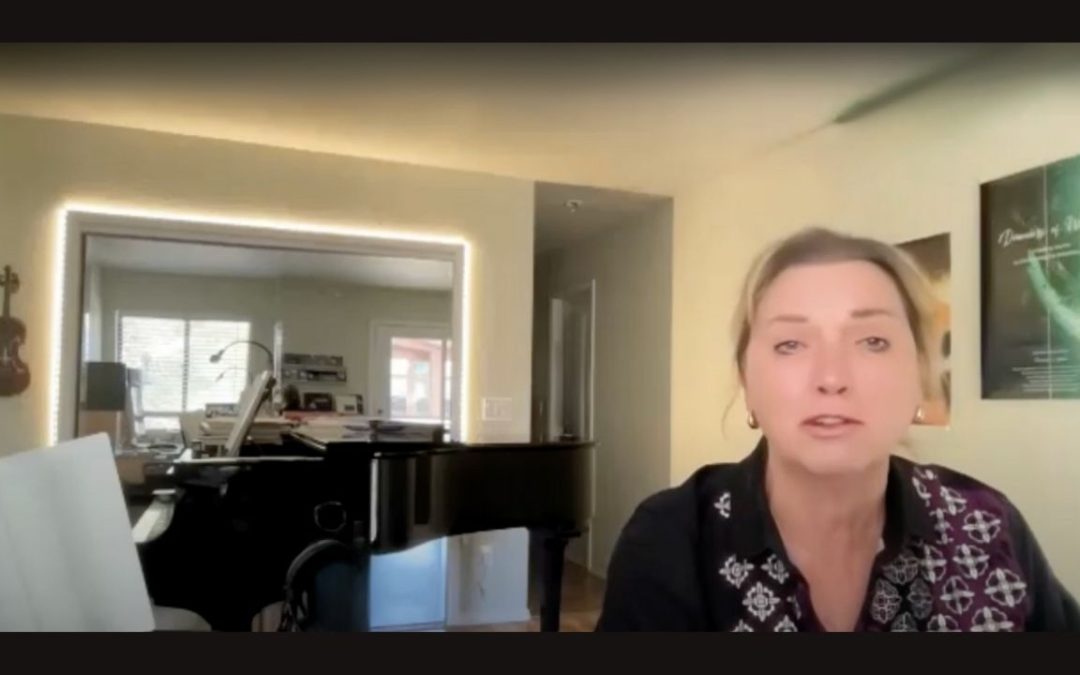Last week, I had the pleasure of sitting down with Dr. Barbara Holstein, who interviewed me about my upcoming book Santa Fe & Esmeralda. Dr. Holstein, the founder of the podcast The Enchanted Self®, has dedicated her career to exploring the magic of the human spirit. She has spent decades in private practice, helping people find meaning, purpose and happiness through her unique positive psychology methods. As someone who has devoted her life to understanding how people can overcome obstacles and rediscover their strengths, Dr. Holstein’s work resonated deeply with the core of my debut book Santa Fe & Esmeralda.
From Music to Memoir: The Artistic Journey & Creative Inspirations
In my interview with Dr Barbara Holstein, I shared the story of Lorenzo and Kita, the main characters in my book and how they grew up worlds apart. In addition, I explained that Santa Fe & Esmeralda is more than just a book but also an innovative audiovisual experience that weaves together music, visuals, and narrative to explore deep themes of identity, transformation, and place. Partly fictional, partly autobiographical—Santa Fe & Esmeralda is inspired by a personal journey, —an intersection of music, storytelling and film that exemplifies how deeply intertwined these mediums can be in an artist’s life.
The friendship between Kita and Lorenzo is one of emotional depth, transcending language and cultural barriers. Despite the language differences, they form an inseparable bond that took them on journeys around the world, filled with music, laughter and adventure. When Lorenzo falls ill, Kita is thrust into the role of caregiver—a task she never imagined undertaking but one she embraces with fierce dedication.
Three decades in the making, Santa Fe & Esmeralda was first written as just a personal reflection on a pivotal moment in life, as a means to process emotions and memories. It never crossed my mind to publish the work; it was just intended as a cathartic exercise. However, fate had other plans, as even in its raw beauty, a publisher, and later a friend intrigued by the story, encouraged me to share it more widely.
Over the years, I revisited and rewrote the story, bringing a more mature perspective and a deeper understanding of the friendship, the loss, and the enduring power of music. “I never realized how much Argentina had influenced me until I started writing this book”
When Dr Holstein asked me about the resilience of the female characters in my book, I told her that I never set out to make the main character Kita resilient. Life just happened. Kita’s reactions to her circumstances are just that—responses to life. As a reader, you might see resilience in her actions, but it wasn’t something I consciously tried to create. This organic approach to storytelling allows the characters to evolve naturally rather than being forced into a specific mold.
The conversation then shifted to a broader reflection on creativity and the creative process. I emphasized to Dr Holstein the importance of quiet time and listening to one’s heart as essential to bringing out the stories that lie within us. “Follow where it leads you, make time for silence, and listen to what wants to come out of you,” I responded to her question of advice for fellow artists. “The stories are already there; they just require patience and attention to bring them to the surface.”
In my world, music, writing, and filmmaking are all intertwined, each element informing and enriching the others. For me, the process isn’t just about producing art—it’s about exploring the depths of connection, love, and loss, and finding beauty in the unexpected.

